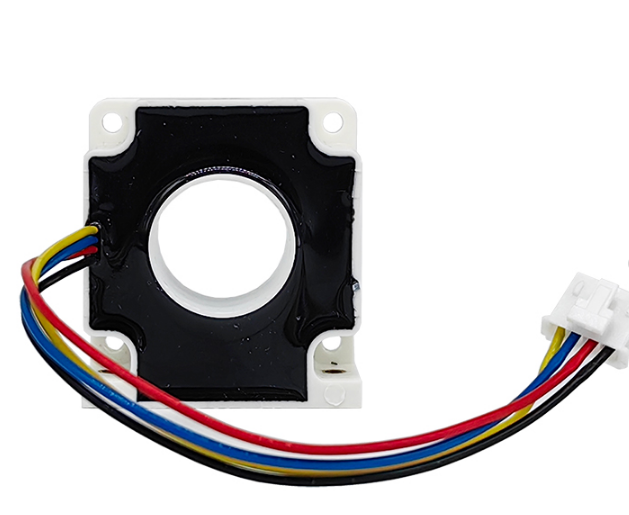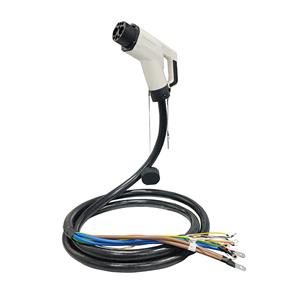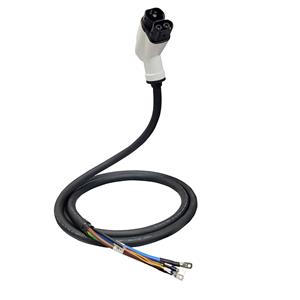A Comprehensive Overview of High-Precision Current Transformers
In the realm of industrial automation and power system monitoring, high-precision current transformers (HACTs) play a pivotal role. These devices are non-contact instruments used to accurately measure both AC and DC currents in circuits for reliable operation and data integrity. This article delves into their functioning, key characteristics, design considerations, and practical applications.

Working Principle
The heart of HACTs lies in electromagnetic induction. When an electric current flows through the primary winding, it generates a voltage signal in the secondary winding that is proportional to the input current. Advanced amplification, isolation, and conversion techniques are employed to convert these signals into digital outputs for electronic devices.
Key Features
High accuracy: HACTs typically boast accuracy rates above 0.1% to 0.5%, with some even reaching 0.01% for enhanced precision.
Stability: They exhibit excellent long-term stability due to optimized materials and manufacturing processes,不受 temperature or magnetic field fluctuations.
Interference rejection: With built-in filtering and shielding, they minimize electromagnetic interference.
Design Requirements
Designing an HACT entails attention to factors such as:
Range selection: Based on application needs, a suitable current range must be chosen.
Temperature compensation: Effective measures are implemented to counteract the impact of temperature changes on accuracy.
Output interface: Compatibility with standard protocols like analog output, digital I/O, or serial communication is essential.
Physical dimensions and installation: Compact designs for integration and flexible mounting options are crucial.
Application Domains
High-precision current transformers are widely employed in:
Power plants and substations: To precisely monitor and ensure safe and efficient electricity transmission.
Industrial automation: For controlling and monitoring motor currents in manufacturing processes.
Smart grids: Supporting advanced metering and energy management systems for data acquisition.
Test equipment: Utilized in laboratories and research settings for current measurement and calibration.
In summary, high-precision current transformers, with their exceptional accuracy, stability, and widespread applicability, are essential components driving advancements in electrical engineering across various industries.




